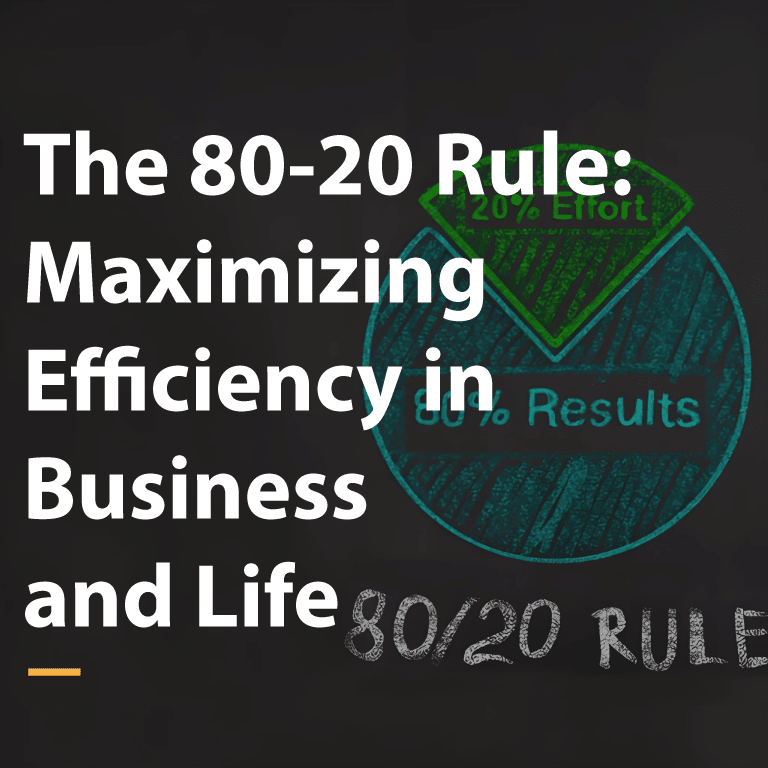Contents
In the realm of productivity and efficiency, one principle stands out as a beacon for focusing efforts where they matter most: the 80-20 rule, also known as the Pareto Principle. This rule posits that 80% of outcomes stem from 20% of causes, and its applications span across diverse fields, from business management to personal development. Let’s delve into the depths of this rule, exploring its origins, core principles, and practical applications, while uncovering its potential to revolutionize how we approach tasks and challenges.
Unveiling the 80-20 Rule
At its core, the 80-20 rule offers a strategic lens through which to view our endeavors, urging us to discern the vital few from the trivial many. Originating from the observations of Italian economist Vilfredo Pareto in the early 20th century, this principle found its roots in macroeconomics before branching into various disciplines, including business management and personal optimization.
Understanding its Mechanics
The essence of the 80-20 rule lies in its assertion that a minority of inputs often yield a majority of outputs. In practical terms, this translates to identifying the critical factors driving success and directing resources towards optimizing them. For instance, in a business context, focusing on the top 20% of clients generating 80% of revenues can lead to significant growth and sustainability.
Despite its widespread acclaim, the 80-20 rule is prone to misinterpretation. One common fallacy involves dismissing the remaining 80% of inputs as inconsequential, overlooking the potential value they hold. Moreover, it’s crucial to recognize that the percentages need not rigidly total 100%, serving as relative indicators rather than absolute metrics.
The 80-20 Rule: Applications Across Domains
Beyond business realms, the 80-20 rule permeates diverse facets of life, from wealth distribution to personal relationships. Its adaptability renders it a powerful tool for enhancing efficiency and effectiveness across myriad endeavors. By discerning the vital few elements driving desired outcomes, individuals and organizations alike can chart a course towards sustainable success.
Harnessing the Power of Prioritization
Central to the 80-20 rule is the art of prioritization. By honing in on the critical few factors shaping outcomes, individuals can allocate resources more judiciously, maximizing returns on investment. Whether in project management, marketing strategies, or personal development endeavors, this principle serves as a guiding light, illuminating the path towards optimal performance.
A Case Study in Action
Consider the journey of Carla, a diligent Harvard graduate student grappling with her digital communications project. Through the lens of the 80-20 rule, Carla identified the key drivers of success for her blog, focusing her efforts on optimizing content for her target audience. By leveraging analytics to discern the vital few aspects generating traffic, Carla witnessed a substantial surge in engagement, exemplifying the transformative potential of this rule in action.
Conclusion
In conclusion, the 80-20 rule stands as a timeless axiom guiding us towards efficiency and excellence. By discerning the critical few from the trivial many, individuals and organizations can unlock newfound potential and navigate towards their goals with precision and purpose. Embracing this principle empowers us to wield our resources more effectively, fostering a culture of strategic focus and sustainable success. As we embark on our endeavors, let us heed the wisdom of the 80-20 rule, harnessing its power to chart a course towards greatness in all facets of life.
Read more: Financial Freedom: What Financial Advisor Can Do for You








